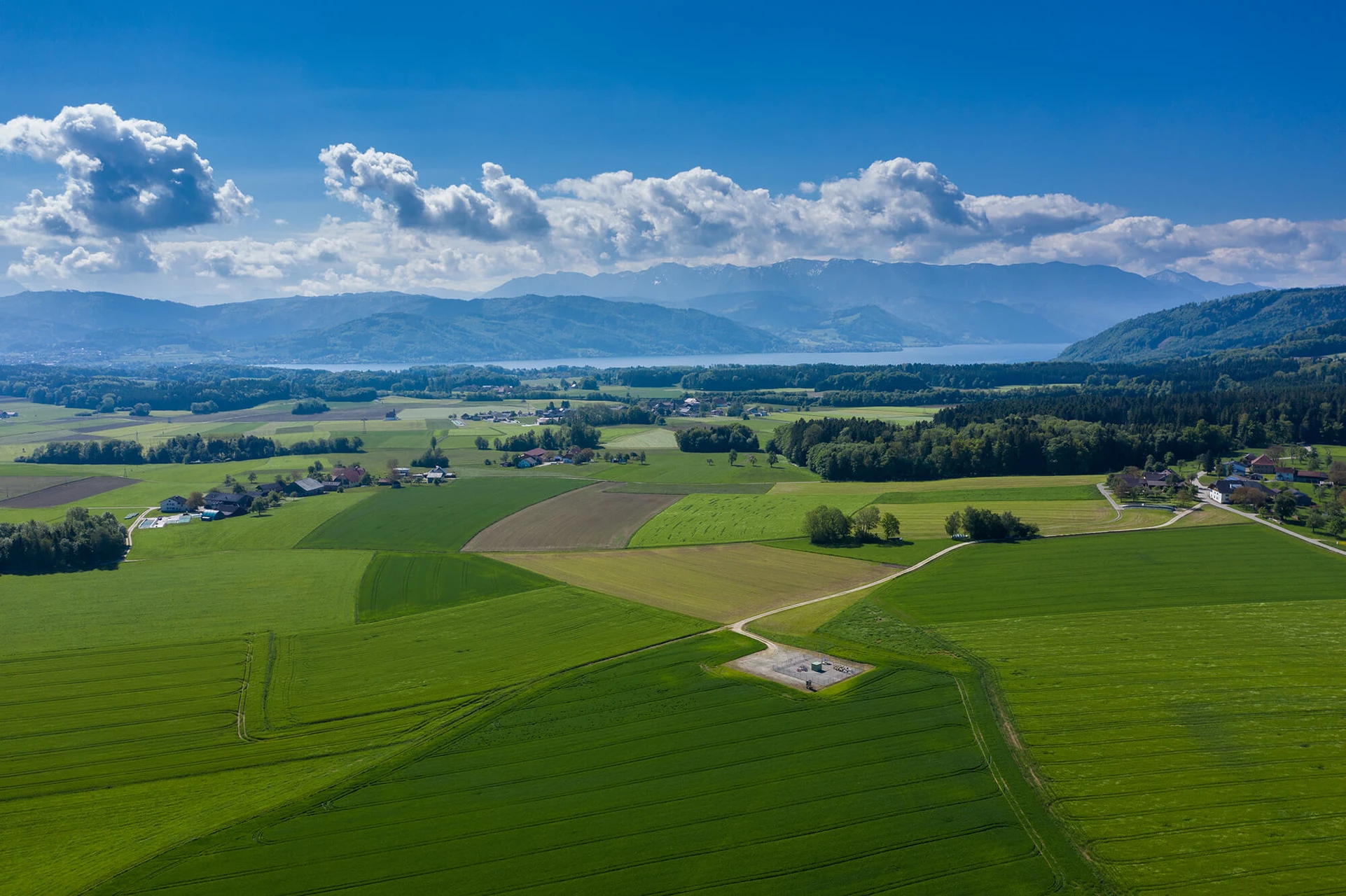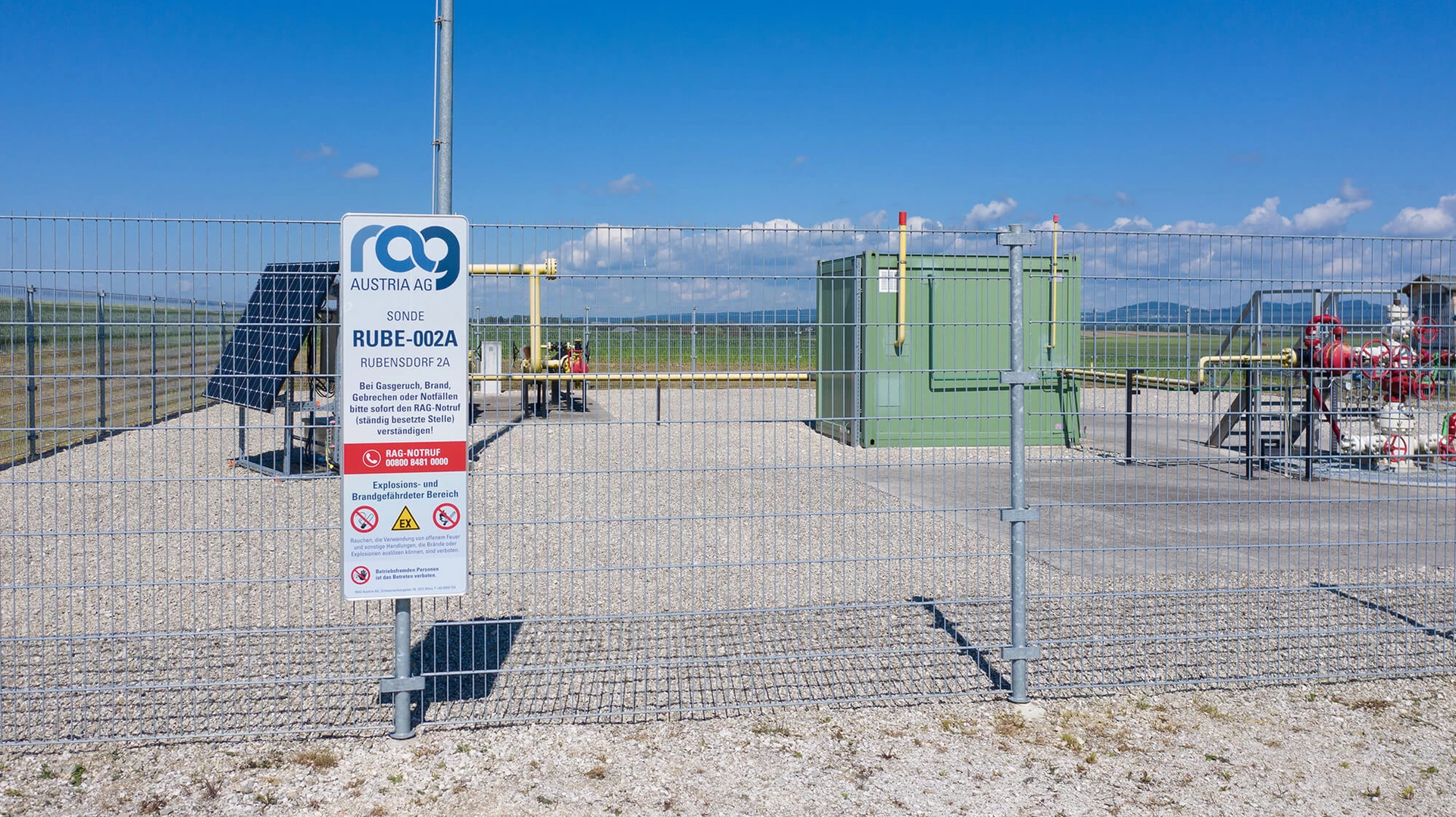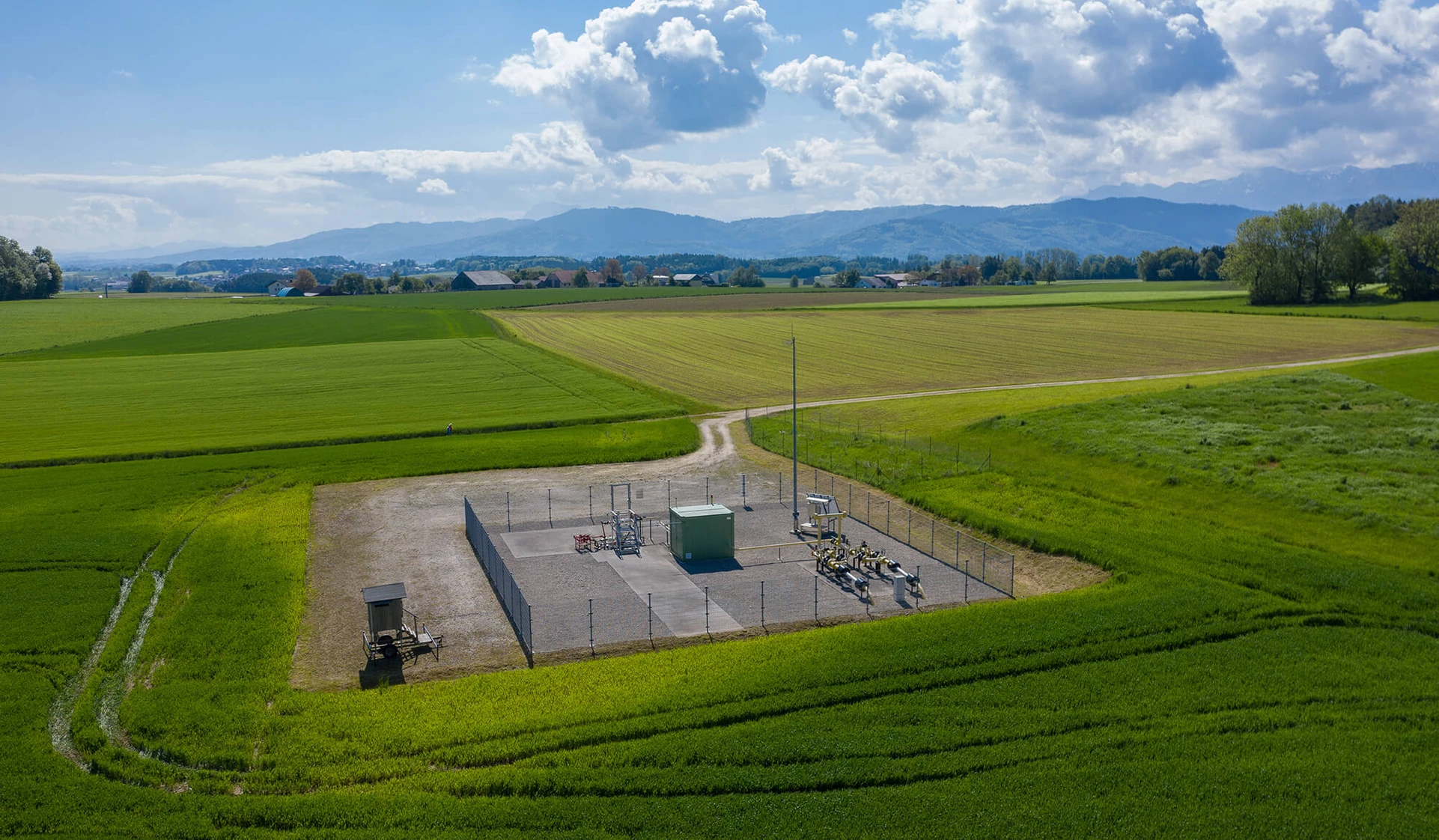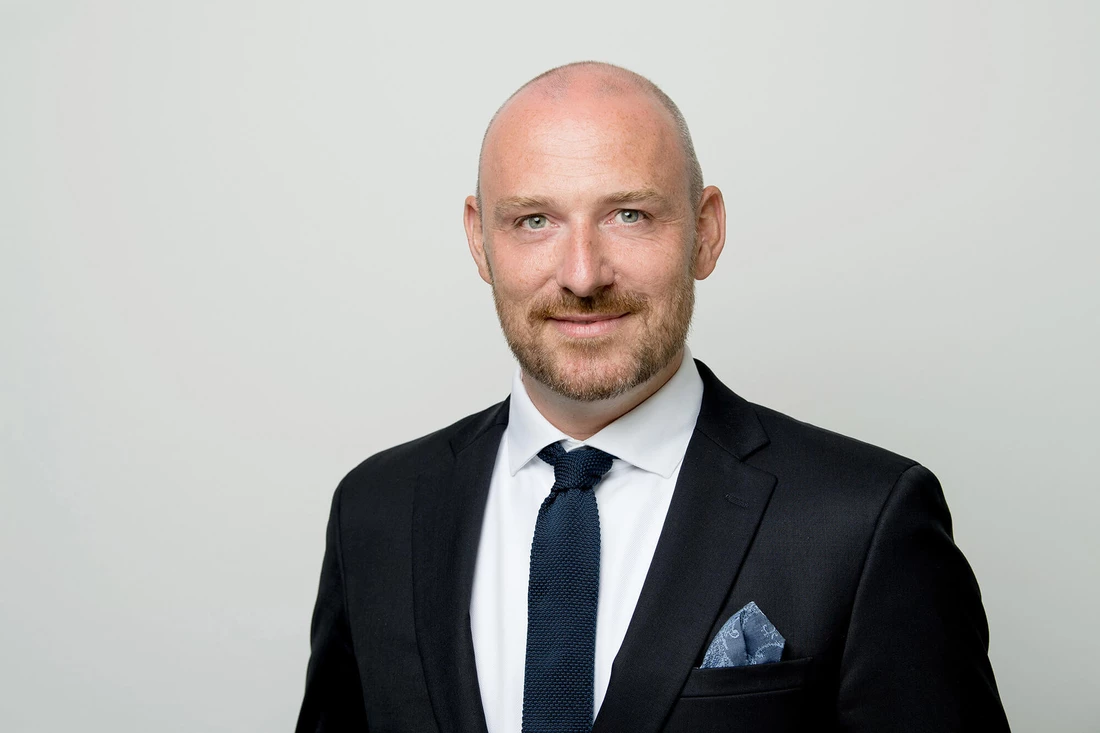Aiming to build a secure hydrogen economy
The worldwide unique project "Underground Sun Storage 2030" will provide valuable insights into the seasonal storability of renewable energy in the form of hydrogen, not least due to the field test. It is part of the energy showcase region WIVA P&G and an important step for the development of a secure hydrogen economy. The use of underground gas storage for hydrogen storage is also included in the Long-Term Strategy 2050 – Austria according to Regulation (EU) 2018/1999 of the European Parliament and of the Council on the Governance System for the Energy Union and Climate Change. The project is funded under the Energy Research Program of the Climate and Energy Fund.
Project partners
- RAG Austria AG
- Axiom Angewandte Prozesstechnik GmbH
- Energie AG Oberösterreich
- Energieinstitut an der Johannes Kepler Universität Linz
- EVN AG
- HyCentA Research GmbH
- K1-MET GmbH
- Vienna University of Technology
- University of Natural Resources and Life Sciences
- VERBUND
- Association WIVA P&G – Hydrogen Initiative Flagship Region Austria Power & Gas
- voestalpine Stahl GmbH
RAG Austria AG
For more than ten years, RAG Austria AG has been working with hydrogen as an energy source in order to store renewable energy on a large scale and seasonally. The company develops leading edge energy technologies related to green gas and hydrogen that partner renewables. This enables RAG to play a vital role in attaining Austria’s ambitious climate goals, and in the sustainable stewardship of the country’s raw material and energy supplies. Our goal is to provide our customers with safe, efficient, environmentally friendly and affordable energy and gas storage services – sustainably and responsibly.
The business focus is market driven storage, conversion and conditioning of energy in gaseous forms. The company has gas storage capacity of about 6.3bn cubic metres (cu m) of natural gas, or about 6% of total capacity in the EU. A large part of RAG’s gas fields have already been converted into storage facilities, which can rapidly discharge stored energy in large quantities on-demand. In this way RAG is delivering on its vision of “sustainable energy mining”, and decisively reinforcing security of supply in Austria and Central Europe.
www.rag-austria.at
Axiom Angewandte Prozesstechnik GmbH
Axiom Angewandte Prozesstechnik GmbH is a family-owned, medium-sized, technology-oriented company with a focus on separation technologies, in particular on the application of membranes for various gas and liquid separation processes. Axiom has developed and successfully commercialized numerous new separation processes such as biogas upgrading, hydrogen recovery and EOR systems.
Company activities cover the entire process implementation: Basic engineering, process integration, detail engineering, construction, commissioning and service. In addition, Axiom dedicates a significant part of its work to applied research and development with the aim of offering optimized separation processes for the modern and sustainable energy industry.
www.axiom.at
Energie AG Oberösterreich
Energie AG Oberösterreich is a modern and efficient energy and services group. As a provider of electricity, gas, heat, water as well as waste management and ICT services, Energie AG stands for the highest quality and reliability of our products, processes and services. As a competent and competition-oriented company, customers are offered a fair price/performance ratio and regional availability, which ensures a cooperative relationship with customers, employees, suppliers and the public.
www.energieag.at
Energieinstitut an der Johannes Kepler Universität Linz
As interdisciplinary research institution the Energy Institute at JKU Linz (EI-JKU) has comprehensive competence in the fields of energy law, energy economics and energy technology can look back on many years of intensive research in the field of power-to-gas. During this time the Energy Institute has built up extensive expertise in techno-economic and ecological assessment as well as legal analysis in connection with the development of power-to-gas value chains. This know-how is rounded off with the competence to carry out qualitative environmental analysis to develop recommendations for action for successful technology implementation.
energieinstitut-linz.at
EVN AG
EVN is a leading, international, listed energy and environmental services company based in Lower Austria, the largest Austrian province.
In its home market, EVN offers electricity, gas, heat, drinking water supply and wastewater disposal as well as thermal waste utilization "from a single source" on the basis of state-of-the-art infrastructure. The product range also includes the operation of cable TV and telecommunications networks as well as the provision of various energy services for private and business customers and municipalities.
Around 4.8 million customers relied on the secure supply of energy and environmental products and services from EVN in the 2019/20 financial year.
www.evn.at
HyCentA Research GmbH
For more than 15 years, HyCentA has been involved in the research and development of hydrogen technologies. 45 experts in the fields of mechanical engineering, chemistry, physics, electrical engineering, process engineering and industrial engineering cooperate with industry and research in national and international projects for the production, distribution, storage and applications of hydrogen. Fields of activity include research, engineering, simulation and testing of electrolysis technologies, gas storage systems, fuel cells, refueling, measurement and safety systems. State-of-the-art R&D infrastructure includes test benches up to 1000 bar, a refueling facility for cars, buses/trucks and the fuel cell test bench up to 160 kW.
www.hycenta.at
K1-MET GmbH
K1-MET is one of the leading international metallurgical competence centres for ferrous and non-ferrous metallurgy based in Austria. The cooperation partners are renowned national and international partners and deal with topics such as energy efficiency, circular economy and climate-neutral metal production. Only through cooperative research in these technological areas can resource efficiency and product quality be increased. In addition, the K1-MET GmbH is committed to global climate goals. Topics such as increased use of renewable energy or decarbonization must remain in focus in order to reduce CO2 emissions and achieve climate goals.
www.k1-met.com
Vienna University of Technology
The Vienna University of Technology is Austria's largest research and educational institution in the field of technology and natural sciences. More than 4,000 scientists are researching "technology for people" in five main research areas at eight faculties. The content of the studies offered is derived from the excellent research. More than 27,000 students in 55-degree programs benefit from this. As a driver of innovation, TU Vienna strengthens the business location, facilitates cooperation and contributes to the prosperity of society. The participating institutes have many years of project experience and their research focus in the topics of renewable energies, circular economy and hydrogen.
www.tuwien.at/tch/icebe
University of Natural Resources and Life Sciences
Department of Agrobiotechnology, IFA Tulln – Institute of Environmental Biotechnology
At the IFA-Tulln, University of Natural Resources and Applied Life Sciences Vienna, microbial metabolic pathways are researched to safeguard the quality of life and preserve natural resources. The institute has well-equipped laboratories with state-of-the-art analytical equipment and corresponding infrastructure such as anaerobic high-pressure reactors and incubators, large-scale test facilities and a pilot plant for fermentations. These prerequisites enable numerous research cooperations with industrial partners and successful implementation of scientific results.
In the Department of Geobiotechnology (Andreas P. Loibner), microbial processes that occur naturally in soils, aquifers and oil/natural gas reservoirs are investigated with regard to technical applications. Metabolic capabilities and interactions of specific microorganisms are systematically analysed and optimised for large-scale technical application.
boku.ac.at/ifa-tulln
VERBUND
VERBUND is Austria’s leading energy company and one of the largest producers of electricity from hydropower in Europe. The Group generates around 95% of its electricity from renewable energy, primarily from hydropower. VERBUND trades electricity in 12 countries and generated around €3.2bn in annual revenue in 2020 with approximately 2,900 employees. With its subsidiaries and partners, VERBUND is active in the generation of electricity, transmission and in international trading and sales. VERBUND has been listed on the Vienna Stock Exchange since 1988 with 51% of the share capital being held by the Republic of Austria.
VERBUND is the key player for the success of the energy transition in Austria. The challenges that have to be met call for a unified focus throughout the entire company, which VERBUND is driving forward with Mission V. Mission V is a long-term and comprehensive transformation program and stands for the will to confront the climate crisis as a force for change. This program is based on the VERBUND Strategy 2030 with its three pillars: Strengthening the integrated home market, expanding renewable energies in Europe and establishing itself as a European hydrogen player. With Mission V, VERBUND is pushing the achievement of the strategic goals 2030 and ensuring their implementation.
www.verbund.com/en
voestalpine Stahl GmbH
voestalpine Stahl GmbH is the lead company of the Steel Division of the voestalpine Group. As a globally active manufacturer of high-quality steel products, the Steel Division plays a driving role in shaping a clean and livable future. In steel production, the Steel Division sets benchmarks in the current production route and is pursuing an ambitious step-by-step plan for climate-neutral steel production with greentec steel. With its high-quality steel strip, the Steel Division is the first port of call for renowned auto manufacturers and suppliers worldwide. It is also one of the most important partners to the European domestic and engineering industries. For the energy sector it produces heavy plate and cast products for applications in the most difficult conditions and offers tailored solutions for the expansion of renewable energy.
www.voestalpine.com/stahl
Verein WIVA P&G – Wasserstoffinitiative Vorzeigeregion Austria Power & Gas
The research association WIVA P&G (Hydrogen Initiative Austria Power & Gas) has set itself the task of promoting climate-neutral hydrogen and green gases in Austria. An important point here is to coordinate the energy showcase region of the same name. As a central energy storage region, energy transport hub and important location for renewable energy sources, Austria is ideally suited as an energy model region. In the coming years, WIVA P&G will demonstrate how Austrian technologies tested on the domestic market can contribute to the reduction of greenhouse gases and thus not only serve the Austrian economy as an export hit, but also make a significant contribution to the global reduction of greenhouse gas emissions.
www.wiva.at
Downloads
Press release (PDF)





